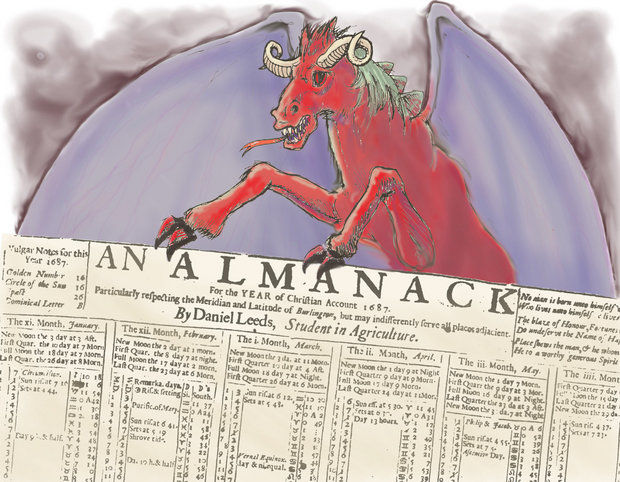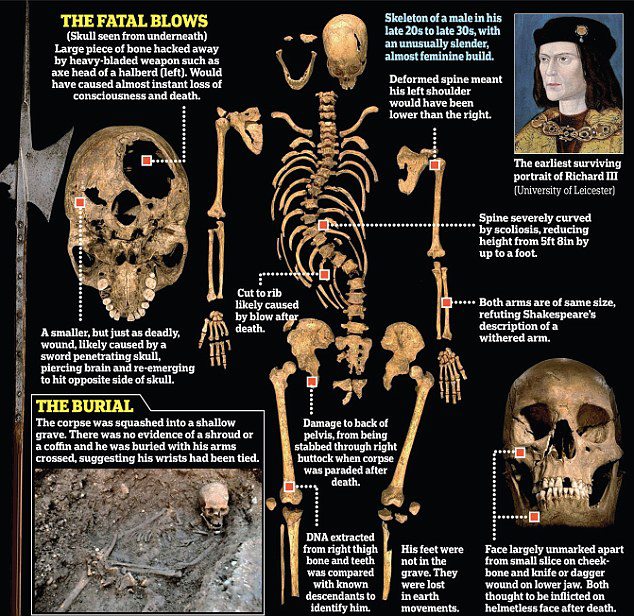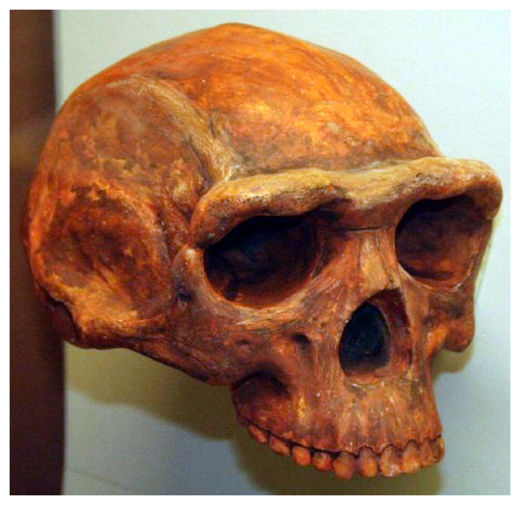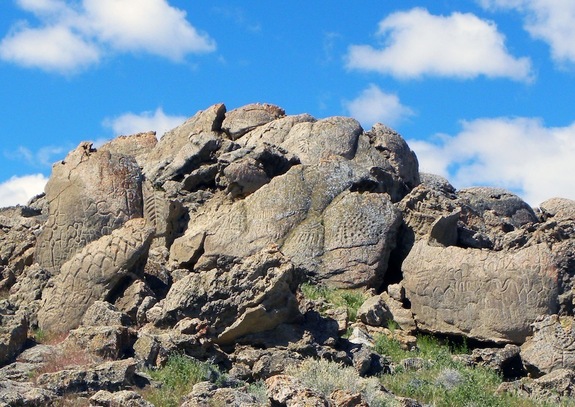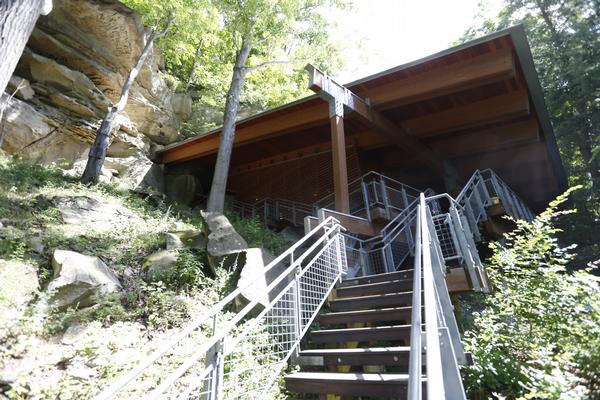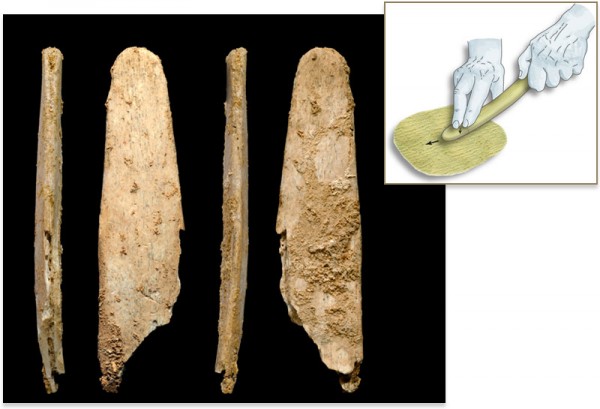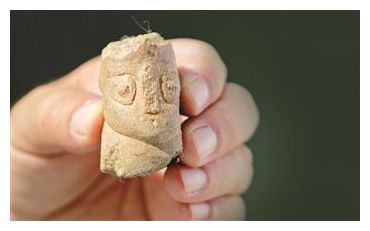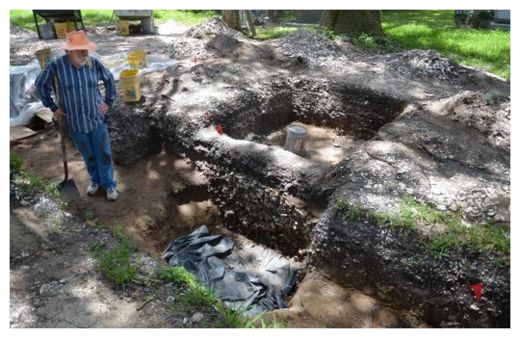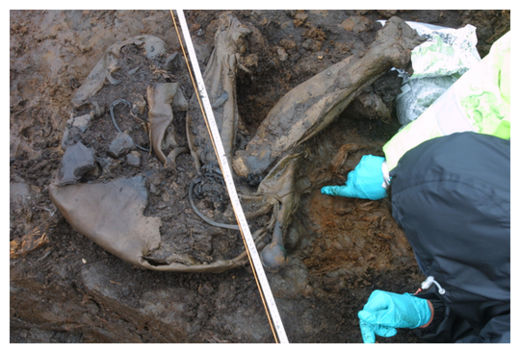
The cool, waterlogged conditions of Northern European bogs (a type of wetland) create low-oxygen, highly acidic environments ideal for body preservation. As a result, hundreds of "bog bodies" dating back thousands of years have been uncovered in the region, but many have shriveled down to mostly skeletons and tend to be closer to 2,000 years old.
A resident of central Ireland's County Laois came across the well-preserved "Cashel Man" - named for the bog he was found in - while milling for peat moss, which is used for a variety of farm purposes, including animal-bedding and field conditioning.
Having realized that he had come across a human body, the resident notified archaeologists at the National Museum of Ireland, who later conducted a formal excavation of the site. A summary of the dig appeared in the latest edition of the Irish journal Ossory, Laois, and Leinster.
"All that was visible to start with was a pair of legs below the knees, and a torso," Eamonn Kelly, an archaeologist at the National Museum and lead excavator of the project, wrote in the report. "The body appeared to be naked. Later, it was possible to work out that the torso had been damaged by the milling machine, which also removed the head, neck and left arm."
